Built in Floating Pantry Shelves

Have a spare closet that isn’t living it’s best life? Or maybe it’s just not serving you in the best way? You can turn it into a functional pantry with these DIY floating corner pantry shelves. Who says a pantry can’t be beautiful too?
When we moved in this hall closet had the same standard wire shelving that you’ll find in most closets. Durable, but not always the most functional or pretty. Things would get lost in the depth of the shelving, and fall over on the wires.
I am fortunate enough to have a ton of pull out storage in our kitchen for small appliances and bulk storage items. So I wanted to come up with a way to make maximize this pantry storage while keeping items visible and easy to find.
My overall plan for the floating corner pantry shelves involved some form of wraparound shelving for the upper levels and deeper shelving for the lower part
For reference, the overall dimensions of my closet space were 47″ wide and 22″deep. The depth on each side of the door was 6″ on the right and 6.5″ on the left.
Your dimensions will be specific to your closet size and materials used.
I used some construction paper cut to the final size of my floating shelves (2.5″) to play with spacing. The above image shows the spacing I ended up using. My two lower shelves are 12.25″ deep but don’t wrap around to the sides. My upper shelves are 8″ deep in the back and 6/6.5″ on the sides.
Due to the width of my closet space, I needed strong supports in order to hold anything of significant weight. Basic cleats weren’t going to be sufficient. Using the 2 x 2 scrap, I created the support framework.
I located and marked the studs on the wall. Then I attached a 2 x 2 cleat across the back and sides for each shelf. Walls, corners, and closets are rarely square/, even so, make sure that you’re checking for level multiple times throughout this process.
I used more 2 x 2’s to frame in the shelving and filled this in with some shorter cross braces shown here.
All of the framework pieces were screwed into the studs using 3" screws and then attached to each other with Kreg Jig pocket joinery and wood glue.
I used my circular saw and a Kreg Rip Cut attachment to cut ¾” plywood for the tops and ¼” for the bottom. This attachment makes cutting large stock a breeze, and it keeps everything straight and consistent if you’re making multiple cuts of the same size.
Once all of my cuts were made I did a quick dry fit to ensure everything fit as neatly as possible.
For the wraparound shelves, I had to cut 3 separate pieces (one for each side and one for the back). I made them fit as tight as I could and used wood filler to make it look as seamless as possible.
At this point, you could go ahead and give the shelves one coat of primer and one of paint before installing, like I did. Just know they will likely need an additional coat or two after install.
I used my nail gun and some adhesive to attach the ¾” plywood pieces to the tops. Clamps will come in handy here to act as a second set of hands and keep everything aligned and flush.
When you’re planning your spacing, be sure you can still get your nail gun in between shelves or build them in by levels. Mine ended up being a really tight squeeze with a lot of awkward angles so be sure to take all of these things into consideration in the planning process.
For the bottom 1/4″ plywood pieces, I used a quick grab adhesive and clamps to work as a second hand until I could get them securely nailed into place.
Once your top and bottom pieces are all nailed in place, you will have a wood “sandwich” of sorts. I planned my material dimensions so that a 1 x 3 piece of pine would cover the front of it perfectly. Remember, nominal lumber dimensions are different from their actual dimensions so a 1 x 3 is actually 2.5” wide.
I used my nail gun to attach the 1 x 3 pieces of pine right to the front of the “sandwich” and it covered everything up perfectly.
As I mentioned above, walls are rarely even, and corners are very rarely square in home construction. Especially in a space like a closet. No matter how accurate you try to be with your cuts, you will more than likely still encounter gaps against the walls and other areas that need to be filled.
I used a nail set to tap down any nails that may have been sticking out a little too far and covered them with wood filler.
I also used wood filler to cover any seams where the wood met wood and caulk to fill in any gaps between the floating shelves and walls. Don’t skip these steps. They’ll be the finishing touches that make your project look amazing!
Once the wood filler is dry you can sand it down smooth and apply your final finish.
I use some leftover white enamel trim paint that we had lying around to finish everything off. Be sure to allow your finish to dry and cure for the appropriate amount of time before restocking your shelves.
The DIY Wallpaper combined and the bright clean lines of these DIY floating corner pantry shelves has given new life to this small hall closet.
Be sure to check out the blog post for a complete supplies list as well as multiple other progress shots and final after shots.
You can read all the details of the DIY Wallpaper process in this post.
Or if you'd rather just cover up that old wire shelving, you can check out this project.
Enjoyed the project?
Resources for this project:
See all materials
Comments
Join the conversation
-
-
 Sylvia Velazquez
on May 19, 2020
Sylvia Velazquez
on May 19, 2020
How I save the projects for later?
-









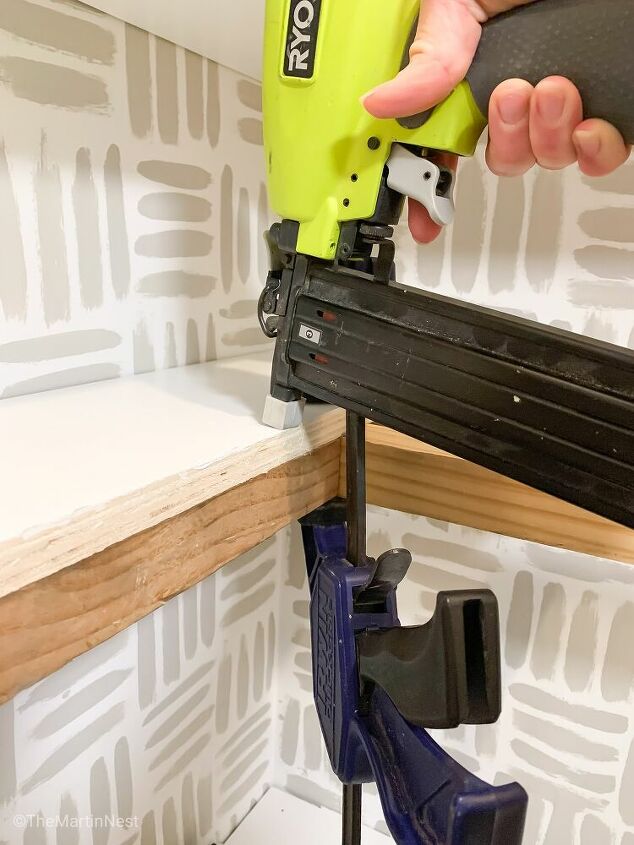






















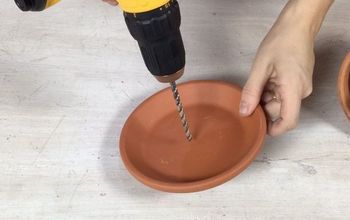



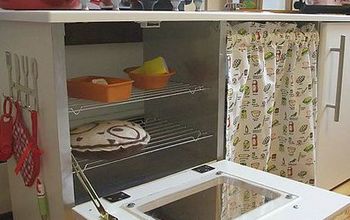


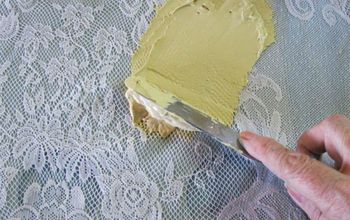

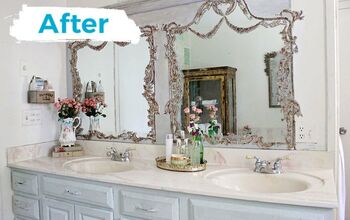












Frequently asked questions
Have a question about this project?
It looks great, but why didn't you make the bottom shelves full depth?